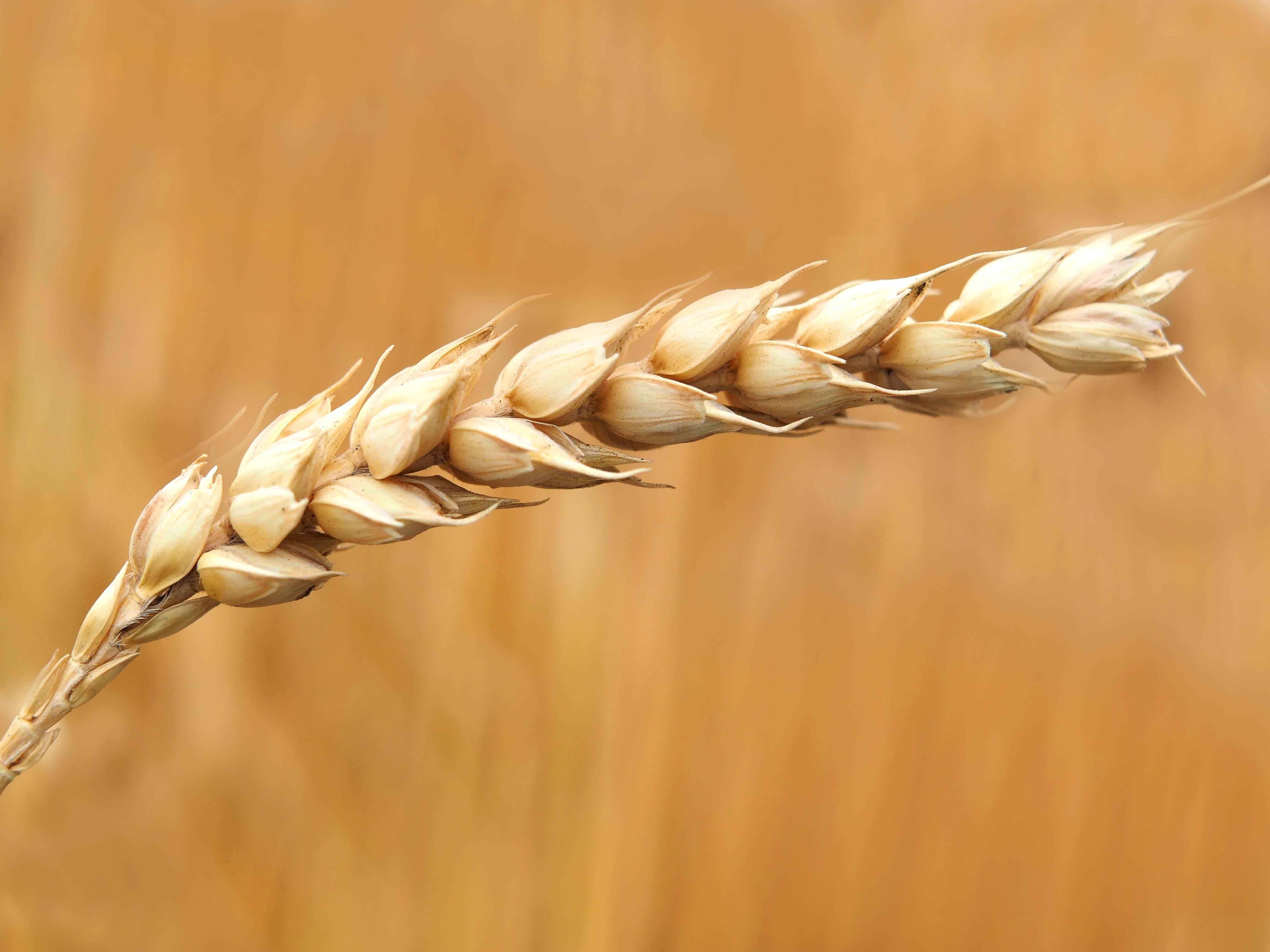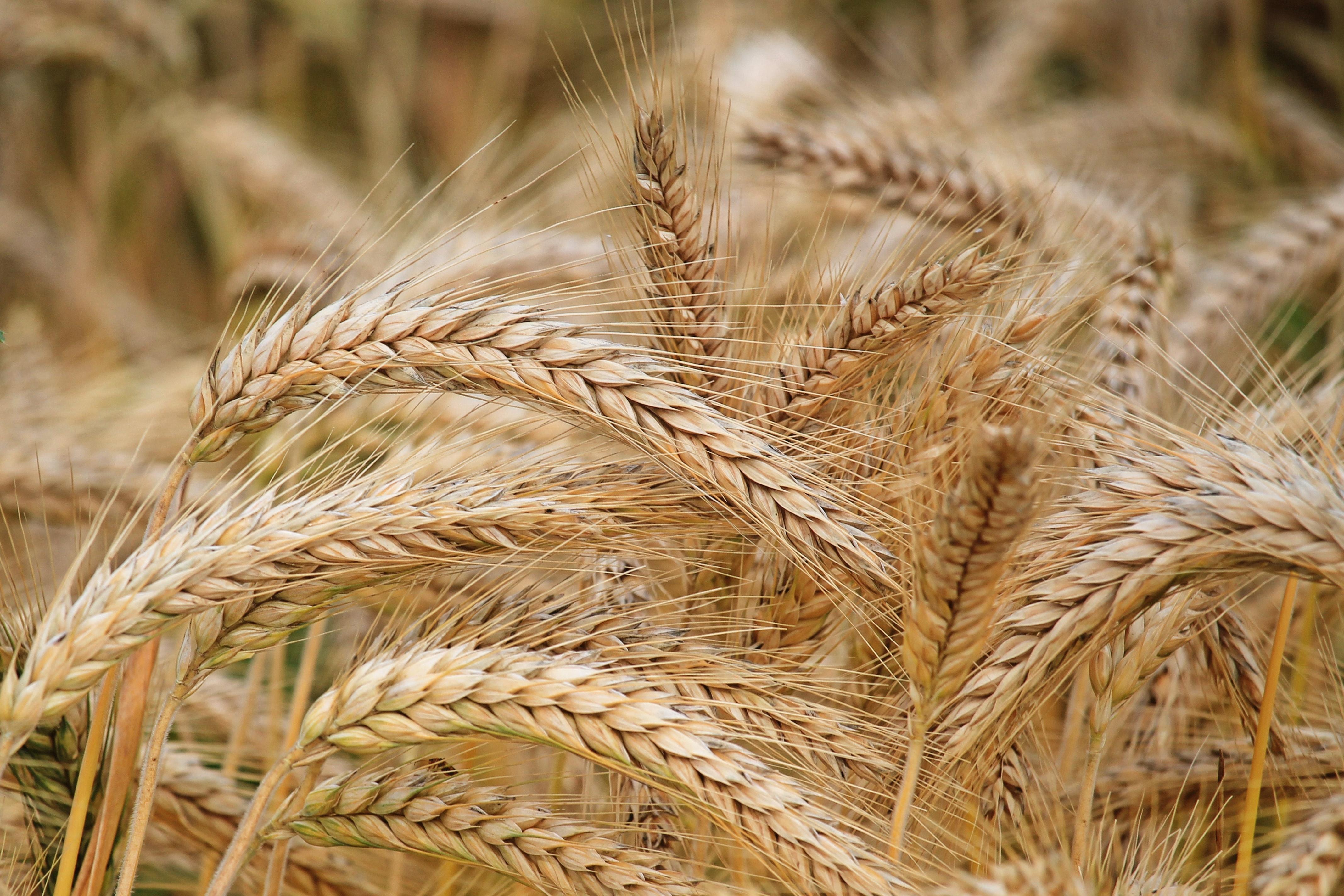Winter brings a unique charm to the world of agriculture, as it ushers in the cultivation of Rabi crops. Rabi, derived from the Arabic word for spring, refers to crops sown during the winter season and harvested in spring. These crops play a crucial role in ensuring food security and boosting the agricultural economy.
But what exactly are Rabi crops? Which crops fall under this category? If you have ever wondered about the fascinating world of winter harvesting, you’re in the right place! In this blog post, we will explore Rabi crops in detail, highlighting four prominent examples. So, grab a warm cup of tea and let’s delve into the realm of Rabi crops together!

What are Rabi crops give four examples
Rabi crops are a vital part of agriculture, especially in countries like India where agriculture plays a significant role in the economy. These crops are sown in winter and harvested in the spring, making them the second most important crop season in the region.
Wheat
Wheat, often referred to as the “king of cereals,” is one of the most important Rabi crops. It is a staple food for millions around the world and forms the basis of many dishes, from bread and pasta to cakes and pastries. Wheat cultivation requires cool temperatures for optimum growth, making it ideal for the Rabi season.
Barley
Barley is another prominent Rabi crop, known for its versatility and nutritional value. It is widely used for brewing beer, making malt, and as an ingredient in various dishes. Apart from its culinary uses, barley also serves as animal feed and has medicinal properties. It grows well in cooler climates, making it a suitable Rabi crop.
Mustard
Mustard, with its vibrant yellow flowers, is a popular Rabi crop that not only adds color to the fields but also benefits farmers in various ways. The seeds are used to produce mustard oil, which is a key ingredient in many Indian cuisines. Mustard cultivation is an important income source for farmers during the Rabi season.
Peas
Peas are a delicious and nutritious Rabi crop that thrives in cooler temperatures. They are rich in vitamins, minerals, and fiber, making them a healthy addition to salads, curries, and a variety of dishes. Pea cultivation not only provides food but also has a positive impact on soil fertility, as peas are nitrogen-fixing plants.
So, there you have it – four examples of Rabi crops that contribute to the agricultural landscape. Wheat, barley, mustard, and peas not only provide sustenance but also play a significant role in supporting the livelihoods of many farmers. The Rabi season brings with it a bounty of these crops, symbolizing renewal and growth in the agricultural sector.

FAQ: What are Rabi crops and give four examples
Rabi crops are an essential part of agriculture, contributing to the overall food production in India. These crops are cultivated during the winter season, which usually spans from October to March. The word “Rabi” is derived from the Arabic word for spring. Unlike Kharif crops that require a lot of rainfall, Rabi crops can thrive with the relatively lower amount of precipitation during winter months. In this FAQ-style subsection, we will explore some common questions about Rabi crops, their examples, and their significance in the agricultural landscape. So let’s dig in!
Is tea a Rabi or Kharif
Tea, my dear reader, is a fascinating plant that enjoys the company of both Rabi and Kharif seasons. While it can grow well during both the winter and monsoon months, it predominantly thrives as a Rabi crop. So, next time you sip your warm cup of tea during winters, remember that it’s a delightful product of Rabi cultivation!
Which one is a Rabi harvest
Ah, the joy of reaping what we sow! When it comes to Rabi crops, wheat is undoubtedly the showstopper. Wheat fields, dressed in golden hues, are a common sight during the winter months. Other significant Rabi crops include barley, mustard, and chana (chickpeas). These wonderful crops grace our plates with their nutritious goodness and make winters all the more delightful!
What are the two types of crops
Ah, great question, my inquisitive reader! There are two primary types of crops. The first one is none other than the Rabi crops we are currently exploring together, which are cultivated during the winter season. The second type is called Kharif crops, which are sown during the monsoon season. Rabi and Kharif, these two companions, provide us with a bountiful variety of grain, fruits, and vegetables throughout the year. It’s like nature’s very own seasonal buffet!
What are Rabi crops, and can you give four examples
Well, have no fear, for I shall enlighten you with four splendid examples of Rabi crops! First on our list is the mighty wheat, essential for making fluffy rotis and mouth-watering baked goods. Next, we have barley, a versatile grain often used for malt production and as a nutritious ingredient in soups and stews. Moving along, we encounter mustard, a vibrant crop that lends its oil and leaves to delectable culinary creations. Lastly, we have chana, the beloved chickpea that brings joy to our taste buds in the form of hummus, curries, and salads. Truly, Rabi crops never fail to captivate us with their diverse offerings!
What is Rabi, Kharif, and Zaid
Ah, buckle up, dear reader, for we are about to embark on a journey through the seasons! Rabi, as we’ve learned, refers to the winter season, which is the prime time for cultivating Rabi crops. On the other hand, Kharif refers to the monsoon season, during which Kharif crops are sown and nurtured. Now, you may wonder about Zaid. Zaid, my curious friend, refers to the short duration crops that are grown between Rabi and Kharif seasons. These crops bridge the gap and keep our plates filled with freshness!
Which crops belong to the Kharif season
Ah, the monsoon marvels! Kharif crops rely on the abundant rainfall that graces our fields during the monsoon season. Some notable Kharif crops include rice, corn (or maize), cotton, and sugarcane. These crops, nurtured by the rain, bring forth a wave of sustenance and prosperity. So, the next time you bite into a juicy corn cob, remember it owes its existence to the Kharif season!
Happy farming and happy munching, my friends! May the Rabi crops keep you warm and nourished as we embrace the wonders of the winter season in our agricultural journey!
This blog post was generated in 2023. The information provided is based on the current understanding of Rabi crops.
